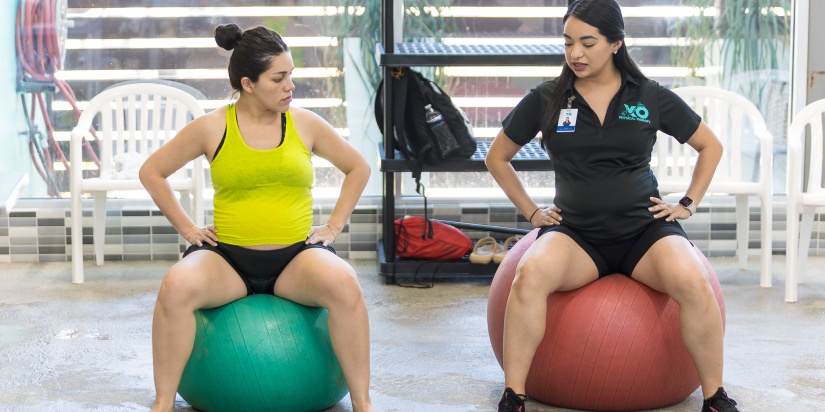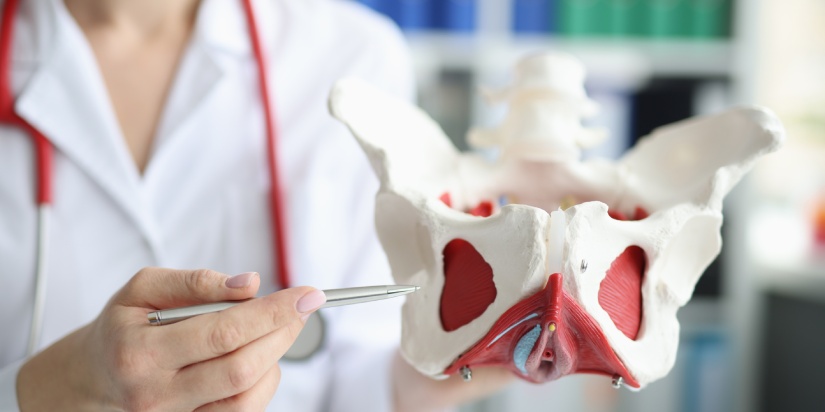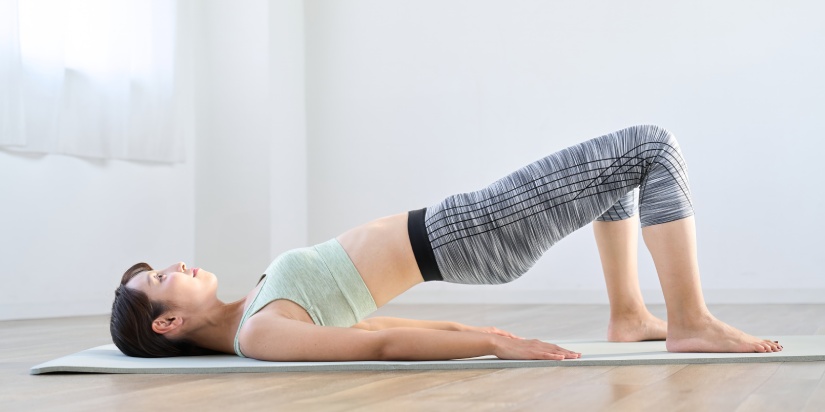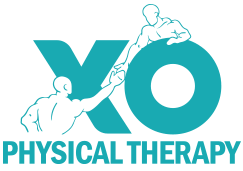Strengthening Foundations: Pelvic Floor Therapy for a Healthier Life in McAllen

Pelvic Floor: Pain, Dysfunction, and Therapy
Pelvic floor therapy is a specialized form of physical therapy that focuses on strengthening and rehabilitating the muscles, ligaments, and connective tissues that support the pelvic organs. This crucial group of muscles is vital in controlling bladder and bowel function, supporting proper posture, and contributing to sexual health.
Pelvic floor dysfunction occurs when these muscles are unable to relax or work together properly, leading to a range of symptoms such as urinary incontinence, constipation, pelvic pain, and sexual dysfunction. This condition can affect both men and women, though it’s more common in women due to factors like pregnancy, childbirth, and menopause.
Pelvic Floor Pain refers to discomfort or pain in the pelvic floor’s muscles, ligaments, or nerves, which support organs like the bladder, uterus, and rectum. Causes include childbirth, surgery, trauma, or overuse. Symptoms range from pelvic pressure to difficulty urinating or pain during intercourse. Treatment includes physical therapy, medication, or relaxation techniques.
The benefits of pelvic floor therapy are wide-ranging and can significantly improve quality of life. By addressing the root causes of pelvic floor dysfunction, this therapy can help alleviate pain, improve bladder and bowel control, enhance sexual function, and boost overall pelvic health. It offers a non-invasive alternative to surgery for many pelvic floor issues, providing relief through targeted exercises, manual therapy, and education.
How to Tell if Your Pelvic Floor is Tight or Weak

Identifying the state of your pelvic floor muscles is essential for addressing dysfunction effectively. A pelvic floor that is either too tight or too weak can lead to various symptoms and impact your quality of life. Here’s how to differentiate between the two:
Signs of a Tight Pelvic Floor
- Pain and Discomfort: Persistent pelvic pain, pain during intercourse, or discomfort in the lower back.
- Difficulty Relaxing: Trouble initiating urination or feeling like your bladder is never fully emptied.
- Constipation: Struggling with bowel movements despite proper hydration and diet.
- Tension: A feeling of pressure or tension in the pelvic region.
Signs of a Weak Pelvic Floor
- Urinary or Fecal Incontinence: Leakage during activities like coughing, laughing, or exercising.
- Pelvic Pressure: A heavy or dragging sensation in the pelvic area, often exacerbated by prolonged standing.
- Prolapse Symptoms: A feeling that something is bulging or falling out of the vagina or rectum.
- Sexual Dysfunction: Reduced sensation or difficulty achieving orgasm.
A professional evaluation by a pelvic floor therapist or urogynecologist is recommended to determine your condition and receive appropriate treatment.
Understanding Pelvic Floor Dysfunction

Pelvic floor dysfunction is a common condition that affects many individuals, particularly women. Causes of pelvic floor dysfunction vary, but factors such as pregnancy, childbirth, aging, and certain surgeries can contribute to this condition. It occurs when the muscles and tissues supporting the pelvic organs (bladder, uterus, and rectum) become weakened or damaged, leading to uncomfortable symptoms.
This detailed anatomical illustration of the human pelvis showcases the essential pelvic muscles. The image includes the labeled pelvic bones (ilium, ischium, pubis) and key muscles such as the pelvic floor muscles, gluteus maximus, iliopsoas, and obturator internus. It is clear that pelvic dysfunction could be detrimental to daily living, and many muscles are involved.
The symptoms of pelvic floor dysfunction might differ in individuals who will experience various symptoms that can significantly impact their daily lives.
For women, pain during intercourse is a common complaint, while men may struggle with erectile dysfunction.
The impact of pelvic floor dysfunction on daily life can be profound. Simple activities like laughing, coughing, or exercising may become sources of anxiety due to the fear of leakage. Many individuals plan their days around bathroom access or avoiding social situations altogether. Doing this can decrease quality of life and overall well-being.
Understanding pelvic floor dysfunction is the first step towards seeking appropriate treatment and regaining control over one’s body. As we’ll explore in the following sections, pelvic floor therapy offers a promising solution for many individuals struggling with these issues.
Benefits of Pelvic Floor Therapy

Pelvic floor therapy offers a wide range of benefits for those struggling with pelvic floor dysfunction, providing relief from symptoms and significantly improving quality of life. This specialized form of physical therapy focuses on strengthening and relaxing the pelvic floor muscles, which are crucial in supporting the bladder, bowels, and reproductive organs.
One of the primary advantages of pelvic floor therapy is its ability to alleviate common symptoms such as urinary incontinence, pelvic pain, and constipation. Through targeted exercises and techniques, patients can regain control over their bladder and bowel functions, reducing the frequency of leaks and improving overall comfort.
Fundamental techniques employed in pelvic floor therapy include Kegel exercises, biofeedback, and electrical stimulation. These methods help patients identify and strengthen their pelvic floor muscles, improving muscle coordination and function. Therapists may incorporate relaxation techniques and stretches to address issues related to muscle tension or spasms.
Many individuals undergoing pelvic floor therapy report significant improvements in their daily lives. Patients often experience increased confidence, reduced pain during intercourse, and enhanced sexual satisfaction. For those with athletic pursuits, pelvic floor therapy can also contribute to improved performance and reduced risk of injury.
Exercises to Strengthen or Relax the Pelvic Floor
Pelvic floor exercises can help strengthen weak muscles or relax tight ones, providing relief and improving function. Here are some commonly recommended exercises:
Strengthening Exercises

-
Kegel Exercises
- Contract and hold your pelvic floor muscles for 5-10 seconds, then relax for the same duration.
- Repeat 10-15 times, 3 times a day.
-
Bridge Pose
- Lie on your back, knees bent, and feet flat on the floor.
- Lift your hips towards the ceiling while engaging your pelvic floor.
- Hold for 5 seconds, lower slowly, and repeat 10 times.
-
Squats
- Stand with feet shoulder-width apart and lower into a squat while keeping your pelvic floor engaged.
- Return to standing and repeat 10 times.
Relaxation Exercises

-
Deep Breathing
- Sit or lie down in a comfortable position.
- Inhale deeply, allowing your belly to rise, and focus on relaxing your pelvic floor as you exhale.
-
Child’s Pose Stretch
- Kneel on the floor and stretch your arms forward while lowering your hips towards your heels.
- Focus on releasing tension in your pelvic region.
-
Happy Baby Pose
- Lie on your back, bend your knees, and grab the outside edges of your feet.
- Gently rock side to side to relax your pelvic floor and lower back.
Consistent practice of these exercises can help restore balance to your pelvic floor muscles. However, consulting with a pelvic floor therapist ensures you are using the right techniques for your specific condition.
Integrating these sections into the original text enriches it with actionable insights, making it more informative for readers seeking guidance on pelvic floor health.
Implementing Pelvic Floor Therapy in McAllen
As awareness of pelvic floor health grows in McAllen, Texas, residents are fortunate to have access to specialized care. The city boasts XO Physical Therapy with qualified physical therapists specializing in pelvic floor therapy, offering hope and relief to those struggling with related issues.
The first step to begin your journey towards better pelvic health is to consult your primary care physician or a urogynecologist. During your initial therapy session, expect a comprehensive evaluation of your pelvic floor muscles, including external and internal assessments.
Pelvic floor therapy sessions typically involve a combination of techniques tailored to your specific needs. These may include biofeedback, manual therapy, and exercises designed to strengthen or relax the pelvic floor muscles. Your therapist will also provide education on proper posture, body mechanics, and lifestyle modifications to support your pelvic health.
While at-home exercises like Kegels can be beneficial, seeking professional guidance for a personalized treatment plan is crucial. A skilled pelvic floor therapist can ensure you perform exercises correctly and address any underlying issues contributing to your symptoms.
Remember, pelvic floor dysfunction can be complex, and what works for one person may not be appropriate for another. That is why you should seek the help of a professional physical therapist with the expertise to guide and support you. Contact us now to help you move better, live better, and have a happier life.




